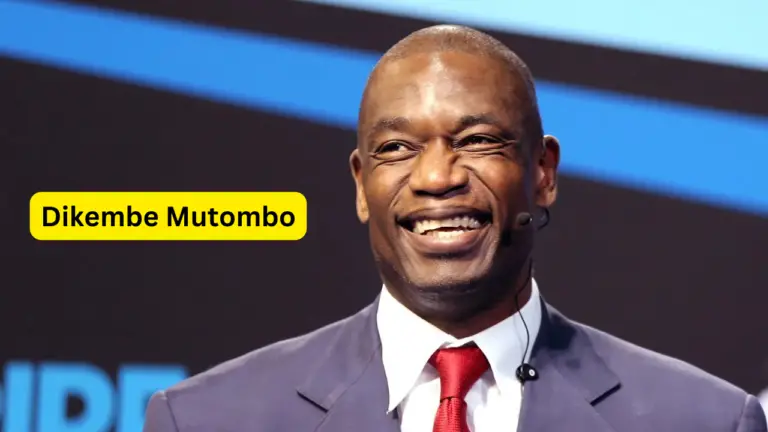
Breaking’s Olympic Moment Has Arrived—And Many Insiders Aren’t Happy About It
Breaking, a dance form that originated on the streets of the Bronx in the 1970s, has finally reached the global stage as it makes its debut at the Paris 2024 Olympics. What once began as a vibrant expression of culture and creativity within urban communities is now being showcased under the bright lights of the world’s most prestigious sporting event. While this milestone is being celebrated by some, many insiders within the breaking community are expressing concern, skepticism, and even dissatisfaction about the consequences of this historic moment. Breaking’s Olympic Moment Has Arrived—And Many Insiders Aren’t Happy About It
From the Streets to the Olympic Stage: The Journey of Breaking
Breaking, also known as breakdancing, has a rich history deeply rooted in the cultural movements of the 1970s. It emerged as a form of self-expression among marginalized youth in New York City, particularly within African American and Latino communities. The dance became a way to channel energy, emotion, and creativity, eventually evolving into a global phenomenon that transcended cultural and geographical boundaries.
Over the years, breaking gained recognition not just as a dance, but as a competitive sport. Battles, where dancers faced off in one-on-one or crew-versus-crew competitions, became a central aspect of the culture. The skill, athleticism, and creativity displayed in these battles captivated audiences around the world, paving the way for breaking to be considered for inclusion in the Olympic Games.
Breaking at the Paris 2024 Olympics: A Historic Debut
The inclusion of breaking in the Paris 2024 Olympics marks a significant milestone for the dance form. For the first time, breaking will be judged alongside other athletic disciplines, with competitors from around the world vying for Olympic gold. The event promises to bring breaking to an even broader audience, introducing it to millions of viewers who may have never encountered the dance before.
The Olympic format will see dancers—known as b-boys and b-girls—competing in a series of battles, showcasing their skills in footwork, power moves, and freezes. The judging criteria will be based on technique, creativity, musicality, and overall performance, ensuring that the spirit of the dance is preserved even in this new context.
The Controversy: What’s Lost When Breaking Goes Global
While the Olympic debut of breaking is being hailed as a triumph by some, there are many within the breaking community who are not entirely pleased with this development. For them, breaking’s inclusion in the Olympics represents a departure from the dance’s roots and the potential erosion of its cultural significance.
One of the primary concerns is the commercialization of breaking. As the dance form becomes part of the Olympic spectacle, there is a fear that it will lose its authenticity and rawness—qualities that have always been central to its identity. The street origins of breaking, characterized by its spontaneous and improvisational nature, could be overshadowed by the polished and highly regulated environment of the Olympics.
Another issue raised by insiders is the judging system. Breaking has traditionally been judged subjectively, with emphasis on the dancer’s ability to convey emotion, connect with the audience, and innovate on the spot. However, the Olympic judging system may impose more rigid criteria, potentially stifling the creativity and individuality that are at the heart of breaking. The fear is that breaking could be reduced to a series of technical moves, devoid of the soul that makes it unique.
The Future of Breaking: A Double-Edged Sword
The inclusion of breaking in the Olympics is undoubtedly a double-edged sword. On one hand, it provides an opportunity for dancers to gain recognition on a global stage, potentially opening doors to new opportunities and careers. The exposure that breaking will receive through the Olympics could inspire a new generation of dancers and contribute to the preservation and evolution of the art form.
On the other hand, the commercialization and institutionalization of breaking could lead to a dilution of its cultural significance. As breaking becomes more mainstream, there is a risk that it could lose its connection to the communities and cultures that gave birth to it. The challenge will be to strike a balance between embracing the opportunities that come with global recognition while preserving the integrity and authenticity of the dance.
Conclusion: Embracing Change While Honoring Roots
As breaking takes its place on the Olympic stage, it is essential to recognize both the potential benefits and the challenges that come with this newfound visibility. The breaking community faces a critical moment in its history—one where it must navigate the delicate balance between embracing change and honoring the roots of the dance.
For the millions of fans who have followed breaking’s journey from the streets of the Bronx to the Olympic Games, this moment is both a celebration and a call to action. It is a reminder that while breaking may evolve, its heart and soul must remain true to the spirit of the dance. As the world watches breaking’s Olympic debut, it is up to the dancers, the judges, and the community at large to ensure that the essence of breaking is not lost in the pursuit of gold.





